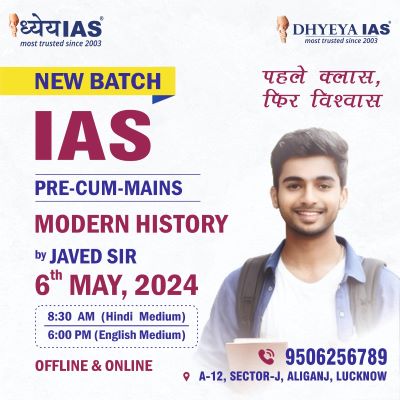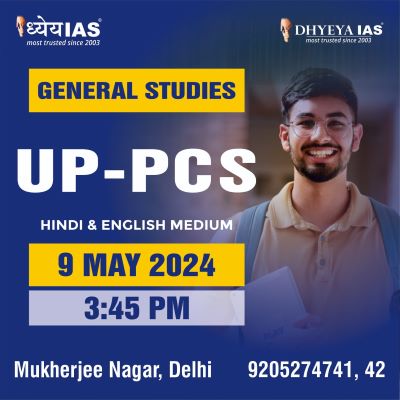Current Affairs Brain Booster for UPSC & State PCS Examination
Topic: RBI Panel for One time Loan Restructuring

Why in News?
- A five-member expert committee headed by K V Kamath, former Chairman of ICICI Bank, recently came out with recommendations on the financial parameters required for a one-time loan restructuring window for corporate borrowers under stress due to the pandemic.
Key Proposals
- The committee was set up by Reserve Bank of India (RBI).
- The RBI has broadly accepted the committee’s recommendation to take into account five financial ratios and sector-specific thresholds for each ratio in respect of 26 sectors while finalising the resolution plans.
- These ratios are:
- total outside liabilities to adjusted tangible net worth;
- total debt to earnings before interest, taxes, depreciation, and amortisation (EBIDTA);
- debt service coverage ratio (DSCR);
- current ratio; and
- average debt service coverage ratio (ADSCR).
- The RBI has now finalised sector-specific ceilings for each of these ratios that should be considered by lending institutions.
- The parameters have been specified depending on severity of the impact of the pandemic.
- The hardest-hit sector real estate, for instance, has been provided the highest permissible debt-to-EBIDTA ratio for a resolution plan.
Implementation
- The RBI has allowed banks to recast loans which were classified as standard as on March 1, 2020.
- For implementing resolution plans, signing of an inter-creditor agreement (ICA) is mandatory in all cases involving multiple lending institutions.
- The resolution framework will be invoked before December 31, 2020 and will be implemented before 180 days from the date of invocation.
- The process has to be approved by lenders with 75% in value and 60% in numbers.
- Lenders signing ICA will have to make a 10% provision and non-signing lenders at 20%.
- Restructuring can be done via the extension of residual tenor by a maximum of two years with or without moratorium and may include conversion of loan into equity.
- Any default by the borrower with any of the lenders that signed an ICA during the monitoring period would trigger a review period of 30 days.
- If the borrower remains in default at the end of the period, all lenders would downgrade the account as a non-performing asset (NPA).
Sectors Impacted
- The Kamath committee noted that corporate sector debt worth Rs 15.52 lakh crore has come under stress after COVID-19 hit India, while another Rs 22.20 lakh crore was already under stress before the pandemic. This effectively means Rs 37.72 crore (72% of the banking sector debt to industry) remains under stress. This is almost 37% of the total nonfood bank credit.
- The Kamath panel has said companies in sectors such as retail trade, wholesale trade, roads and textiles are facing stress. Sectors that have been under stress pre-Covid include NBFCs, power, steel, real estate and construction.
- Banks are working out individual plans for retail borrowers and small units; the conditions for big borrowers do not apply to them. At least Rs 210,000 crore (1.9% of banking credit) of the non-corporate loans are likely to undergo restructuring, which would have otherwise slipped into NPAs.
Effectiveness of the Proposals
- Restructuring announcements in the past (FY08-11 and FY13-19) had raised concerns about the efficacy of the restructuring mechanism, as most of the restructured assets eventually slipped into NPAs.
- While the RBI has put into place several guardrails this time in the form of defined timelines and external vetting, success of the plan will still largely depend upon a significant revival in the economy.
























